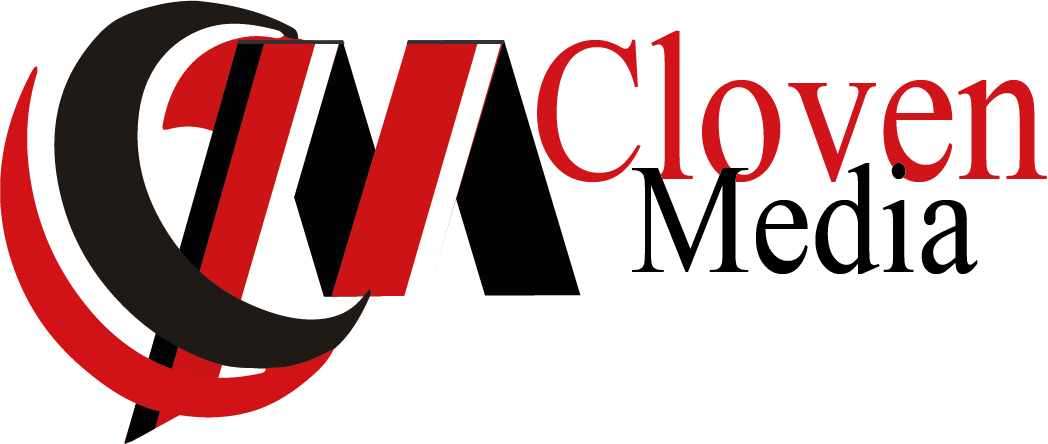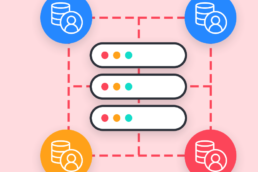As of early 2021 (according to Statista), there are 4.66 billion active mobile internet users, mobile ad types, and formats. This means that almost 78% of all users are online every day via mobile web or an app.
This fact inevitably drives ad growth. Let’s look at the best mobile ad types and formats.
Presently, depending on where specifically users interact with ads, can categorize as mobile web ads or in-app ads.
The main difference is simple: mobile web ads are placed on mobile versions of websites and platforms, while in-app ads are displayed across multiple apps, as the name suggests. Both options offer advertisers and users their advantages.
Here’s a quick rundown of what advertisers can achieve by placing ads in each direction.
Standard Mobile Ad Formats
1. Mobile Banner Ads

Mobile banner ads are the most popular format due to their simplicity and ability to generate higher CPMs. Device. Mobile banner ad sizes can vary, but the most common banner sizes are 320×480, 300×250, and 320×50 for smartphones, and 728×90, 768×1024, and 300×600 for tablets.
One of the most popular banner sizes is the 320×50 mobile ad. Its success is due to its low price for advertisers.
Also, it offers a great user experience as a mobile banner is not intrusive and doesn’t distract the user from the content. Mobile banner ad design requires a careful balance between attention-grabbing and an overly distracting experience.
Pros:
- Available on all screens
- Available at a low price
- Quick and easy to implement
- Non-intrusive user experience
2. Native Ads
Native ads on mobile devices come in different sizes and shapes. As the name suggests, native ads are user-centric and organically adapt to the context in which they appear.
Consequently, this format is perceived as useful and relevant.
The native display mimics the appearance of the contextual environment, so its size can also be accommodated. So you’d better try 320×480, 300×400, or other typical sizes.
Rich in-stream ads mimic the app’s content feed, ideal for mobile advertising campaigns on social media apps.
This format is similar to banner ads but does not take up any fixed screen space or the entire screen and is less intrusive and non-intrusive due to its “native” appearance. With this type, the ads are displayed in context, e.g. For example, placing the cosmetics ad in the middle of an article on a beauty blog.
Pros:
- Discreet and contextual
- higher CTR
- Better ad engagement rate
- Advanced user experience
3. Mobile Video Ads
This layout is represented through pre-, mid-, or post-roll motion pictures seamlessly acting in the accordant areas of the video.
It’s speculated to be 320×480 or 480×320 sizes for telephones and 768×1024 or 1024×768 for tablets. Also, 320×250 sizing is suitable for out-stream motion pictures.
A typical video ad runs for 15-30 seconds when the user taps to play. With the growing popularity of shooting vertical video (mainly for social media), video ads have also evolved into horizontal and vertical options.
This type of ad works very well when it appears in native environments and is similar to all other content in terms of format and style. as in social networks and social networks. Mobile video ads can be used for almost anything, from promoting a product or service to telling a brand story.
Pros:
- Users perceive video ads well
- Focuses attention
- Good for advertisers
4. Mobile-rich media ads
Mobile-rich media ad formats can be rendered using videos, GIFs, audio, and other content that encourages the user to interact with the ad in mobile ad units without transitions to other pages or sections.
They can have numerous animated effects. like expand, unfold, parallax, levitate, and more, or prompt user actions e.g. B. “scratch”, slide or shake the image on the screen to increase conversion.
Because rich media ads are designed to attract attention, they can also pose an intrusive threat. Therefore, it is important to ensure that creativity is not overdone. On the other hand, according to the IAB survey, interactive banners are 25% more likely to remember an ad than those exposed to static banners.
Pros:
- Interactive and attention-grabbing
- A simple process to implement
- User Engagement
- Opportunity to measure how often users view promotional content
5. Interstitial ads
A mobile interstitial ad is a full-screen ad that can be interactive and is displayed at transition points such as B. when loading or closing the app, between game levels, during the pause, or when the user tries to switch sections in the app.
The most common interstitial sizes are 320 x 480 and 480 x 320 for smartphones and 1024 x 768 and 768 x 1024 for tablets.
With this format, advertisers get users’ full attention and don’t have to worry about misclicks, since the ads only appear between pages without interrupting the user. Mobile interstitial ads allow advertisers to create mobile ad campaigns based on engaging, compelling content with a high-quality, visually appealing copy.
For example, when used in games, it’s best to place mobile interstitial ads within leveled games. Such an interruption is quite natural, so viewing ads will not bring any annoying experiences to the users. In terms of use cases, interstitial ads are the most attractive format for brand advertisers from almost all domains.
Pros:
- Offers more advertising space for a broader message.
- Visually appealing and memorable.
- High impressions and CTR
- Interactive
6. Mobile Swipe Ads
Mobile Swipe Ads are highly responsive. Its use is to highlight a product and demonstrate its use.
Likewise, with the usual mobile interaction (swipe), this format invites users to swipe through images, each of which appears as a single ad unit and links to its own landing page.
Pros:
- Online shopping platforms and e-commerce, adapts this.
- attracting audiences
7. Scratch Banner Ads
Similarly to lottery tickets in which you had to scratch the vibrant higher layer with a coin to expose a prize, the cellular scratch banner advert engages customers to try this digitally.
Using a finger a user “scratches” the banner at the cellular display and exhibits the picture beneath.
Pros:
- Works great for special offers and discounts.
- Interactive and
- Engaging fun
8. Mobile Cube Ads
One of the most popular ad formats, the mobile cube allows advertisers to display up to six images and one video across its six sides.
While, a cube can rotate or move automatically so that users interact with one of the ad messages.
Pros:
- Encourages audiences to interact with the ads.
- Eye-catching but discrete.



